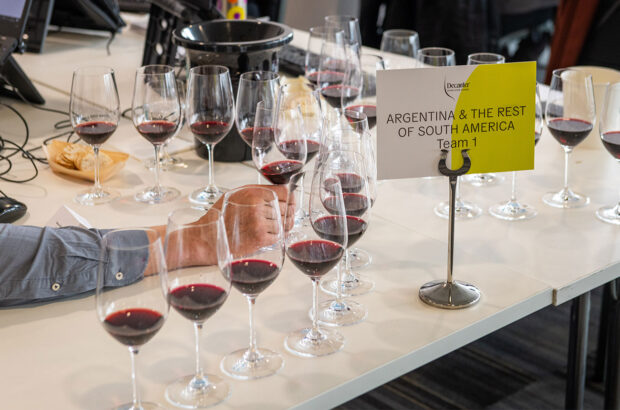Europe’s Myriad wine laws and classifications have probably left most of us, at least once, scratching our heads in confusion. And it’s quite probable that one more furrow was added to the brow when, in 2003, the DO Vino de Pago was introduced as a new official category in Spanish wine, parachuted in to sit at the very peak of the appellation pyramid, above the DOCa/DOQs of Rioja and Priorat.
To be a Vino de Pago, single estates must demonstrate unique characteristics, such as climate and soil, and that all grapes are estate grown and all wine bottled on the property. However, there are legally defined exceptions, which complicate matters. Furthermore, some voices argue that the regulations attached to this classification are not strictly adhered to by all members.
The modern concept of the Pago is, on balance, an honourable one, particularly in terms of demanding (in theory) top-notch procedures in both vineyard and cellar. But confusion over the whole issue stems from the creation of the Vino de Pago classification and arbitrarily putting it at the apex of Spain’s wine rankings. This, compounded by its still limited geographical reach, suggests there is more than a whiff of politics in the air.
Mark O’Halleron picks 10 Grandes Pagos de Espana wines to try…







